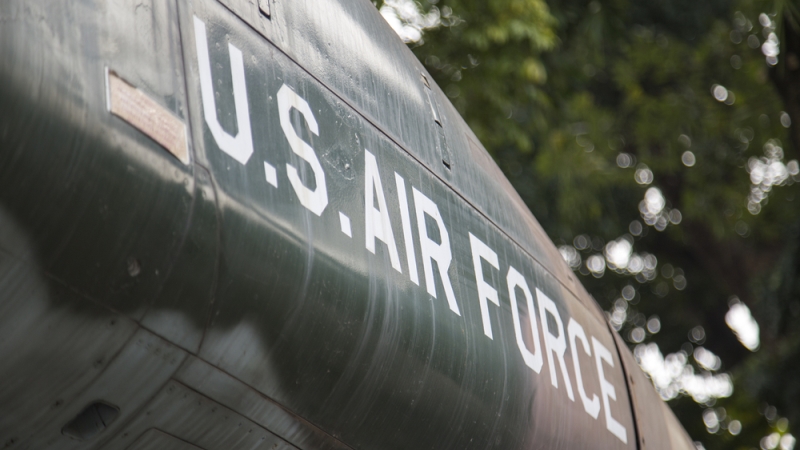
The U.S. Air Force has transitioned how it develops capabilities from a platform-centric model to prioritizing underlying systems that will better position the service branch for the challenges of the great power competition, a top Air Force official said on Thursday.
Speaking at an Air and Space Forces Association event on June 13, Air Force Chief of Staff Gen. David Allvin explained that a platform-centric focus often led to fragmented development and missed opportunities for innovation.
“Capability development revolved around core functions … But when you do that … you miss opportunities in the environment that we’re in to be able to come up with innovative solutions,” Allvin said.
By prioritizing “systems first … and then the platforms … that allows you to upgrade at the speed of software rather than integration on all the platforms,” he said.
Additionally, the platform-centric approach lacks the agility to pivot if a threat advances, Allvin added.
“If we say we’re going to have a platform and it just does one thing and solely focuses on that and we can’t pivot off of that, then we’re failing,” he said.
This shift – which the Air Force initially announced in February as part of its re-optimization effort – emphasizes agility. Instead of solely concentrating on developing next-generation platforms, the focus now lies on first building foundational systems, with platforms playing a complementary role.
A prime example of the Air Force’s new approach is the service’s unmanned Collaborative Combat Aircraft (CCA) program. According to Allvin, the service branch does not want a set of collaborative combat aircraft that will only last 25 or 30 years, so that the service isn’t “building in a sustainment structure.”
“I’m hoping the technology will make it so that CCA won’t be as relevant, but it might be adaptable, and that’s why we’re building in the modularity and the adaptability,” he said. “So, solving for agility and making some bets that we think we can spring from is the best we can do.”
“[But] it’ll be a challenging next couple of years to sort out those resources,” Allvin said.
Overall, the goal is to ensure that the service is “on the [right] path and make a legitimate case that the Air Force that we are optimizing, that Air Force is … right for the environment today and into the future,” Allvin said.
